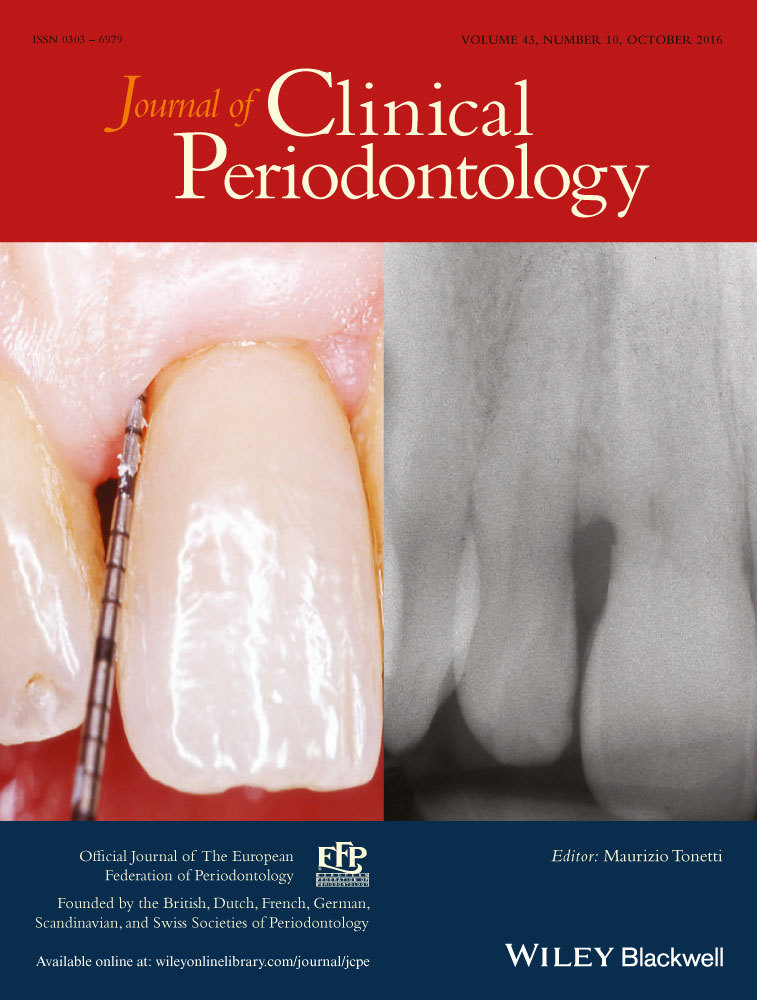Has the quality of reporting in periodontology changed in 14 years? A systematic review
Conflict of interest and source of funding statement
The authors declare no conflict of interest.
No external funding was received for this study. University College London paid salaries to NL, IN, AP and ND. NHS foundation trust paid salary to ZH.
Abstract
Background
Quality of reporting randomized controlled trials (RCTs) in periodontology has been poor. Consolidated Standards of Reporting Trials guidelines and an extension for non-pharmacologic trials (CONSORT-NPE), were introduced to aid in improving this.
Aims
The aim of this study was to assess the quality of reporting in periodontology, changes over the last 14 years, and adherence to CONSORT-NPE.
Methods
Randomized controlled trials in humans, published in three periodontal journals, from 2013 to 2015 were included. Search was conducted through Medline, Embase and hand searching.
Results
One hundred and seventy-three full-text articles included. Two reviewers screened for reporting quality (κ = 0.69, 95% CI 0.60–0.76). 84% of studies (n = 145) described randomization methods, 74% (n = 128) highlighted examiner blinding and 87% (n = 151) accounted for patients at study conclusion. Patient and caregiver blinding was addressed in 50% (n = 70) and 50% (n = 27) of studies respectively. 64% (n = 110) described adequate allocation concealment. Compared with Montenegro et al. (2002, Journal of Dental Research, 81, 866), improvements seen in describing randomization (2002, 16.5%; 2016, 84%), allocation concealment (2002, 6.5%; 2016, 64%), caregiver masking (2002, 17%; 2016, 50%). CONSORT-NPE; 62% (n = 107) had detailed explanations of all treatments, 88% (n = 152) lacked protocols for adherence of caregivers’ to an intervention. Only 17% (n = 29) described caregivers’ expertise and case volume.
Conclusions
Substantial improvements have occurred. Attention is required for statistical analysis of patient losses and masking. CONSORT-NPE aspects were poorly reported.




